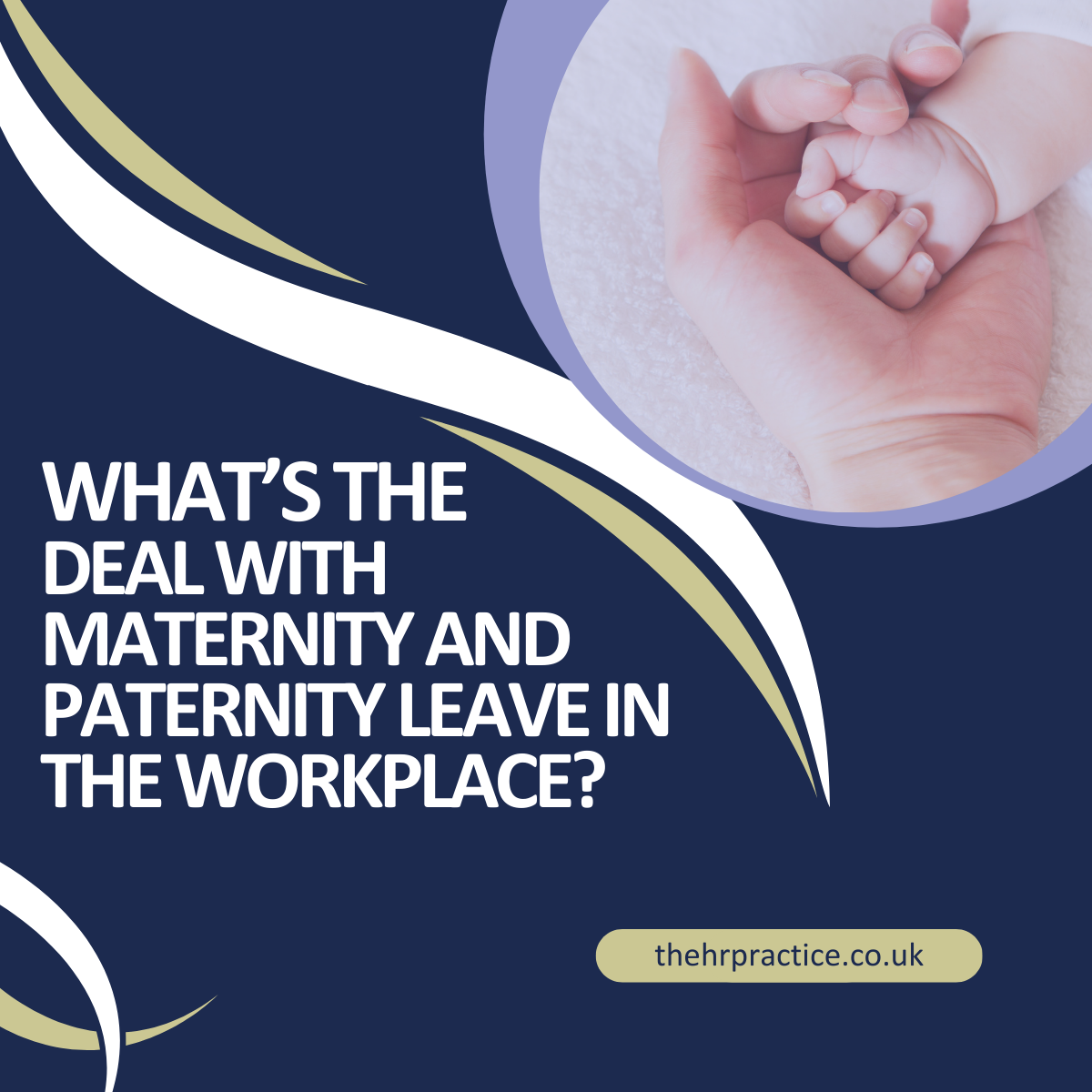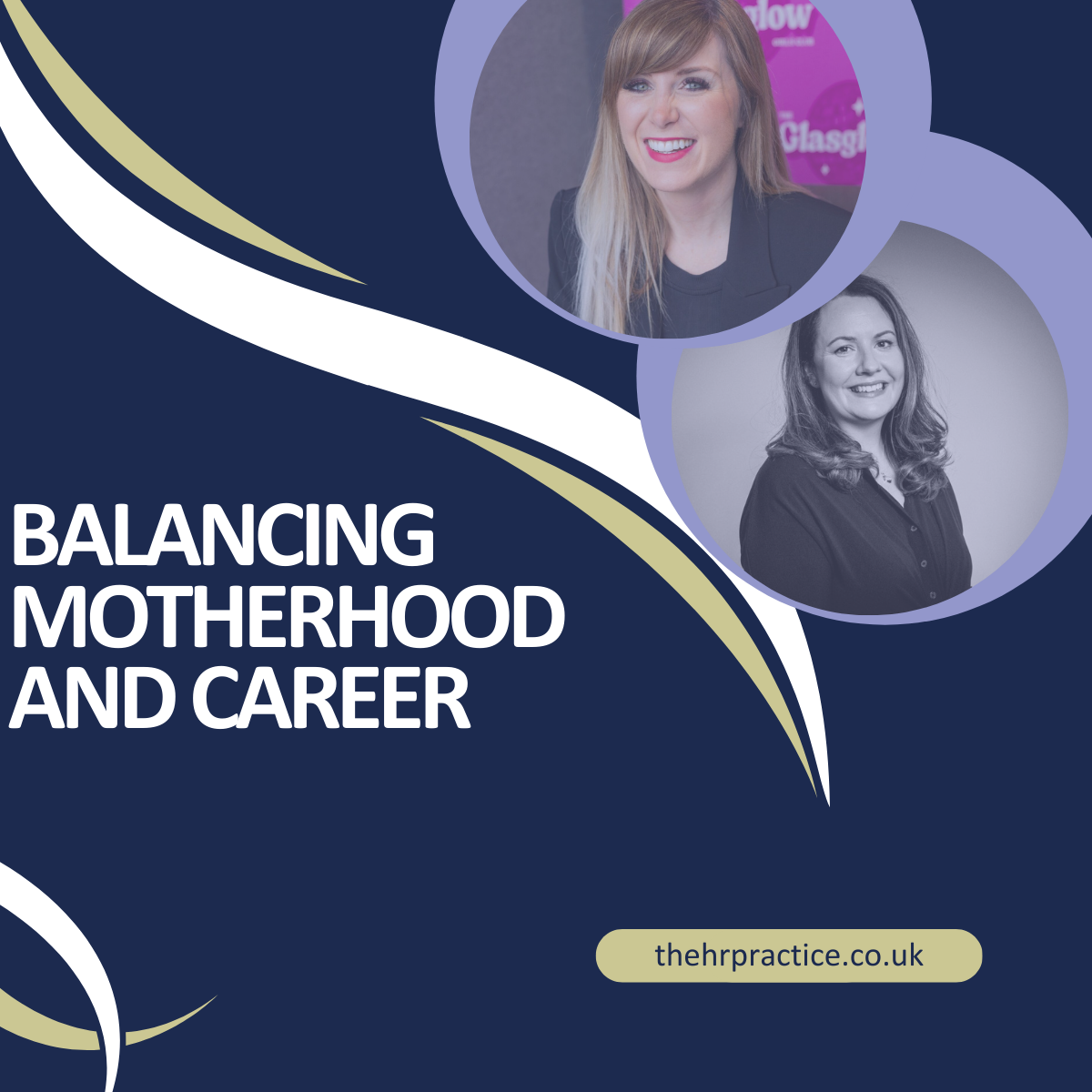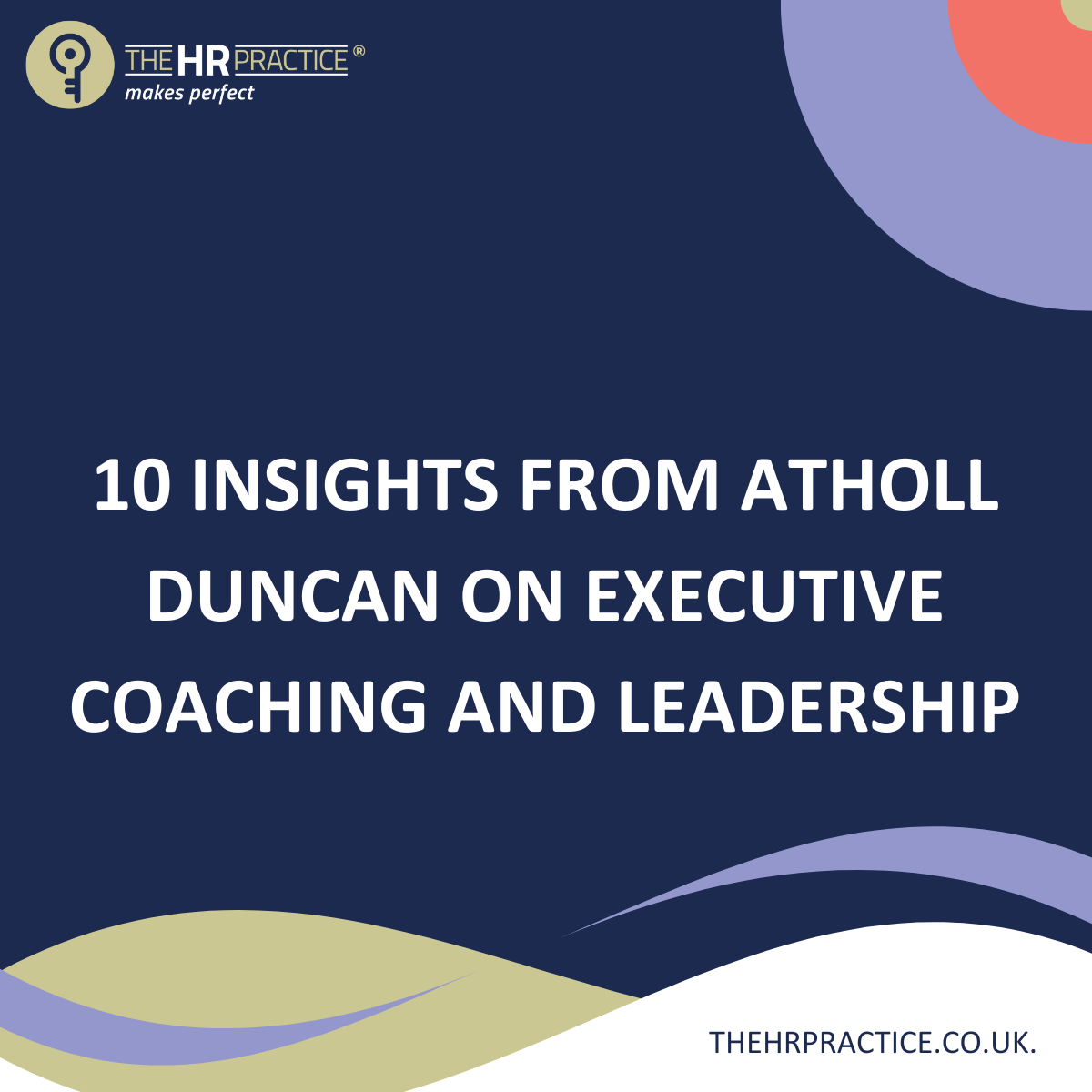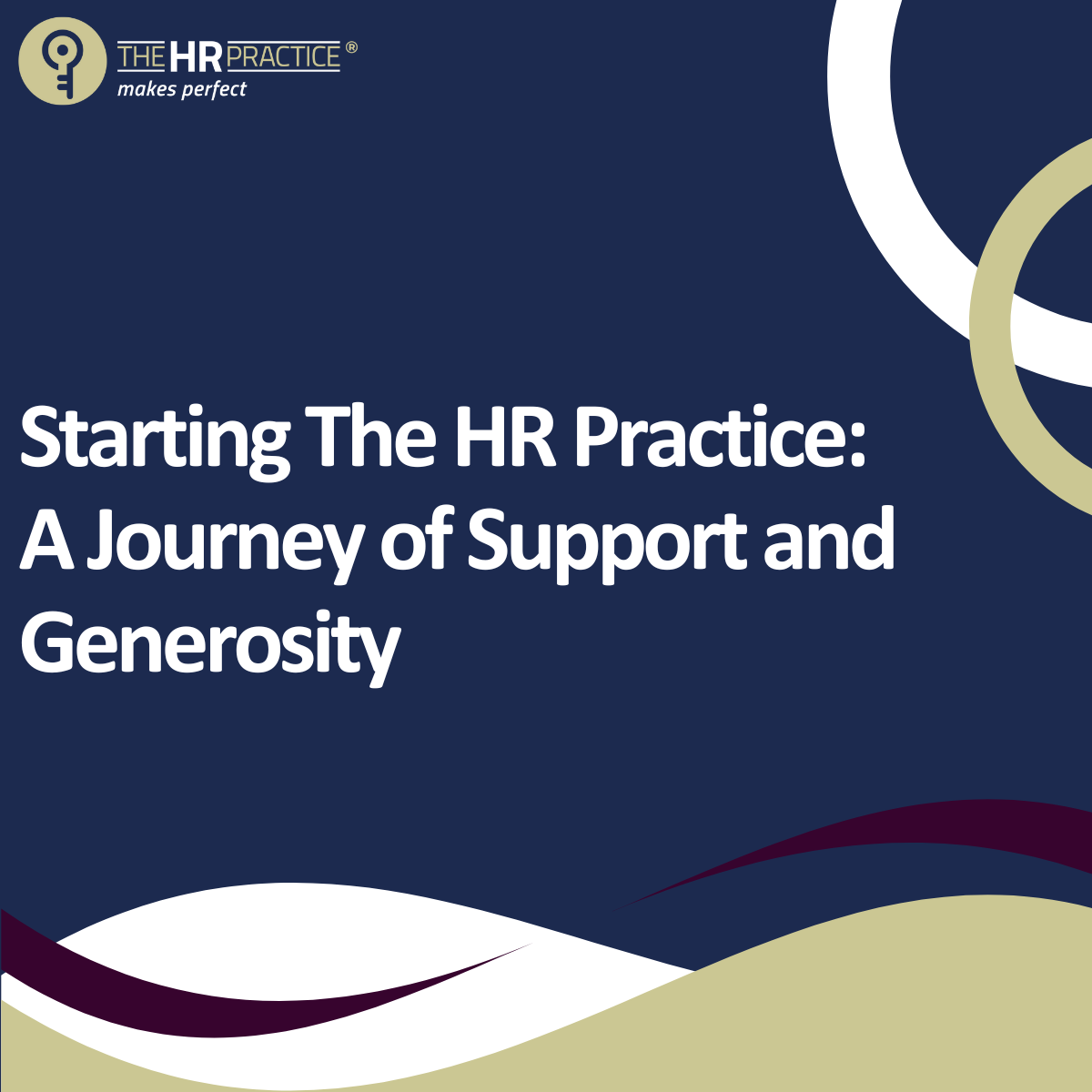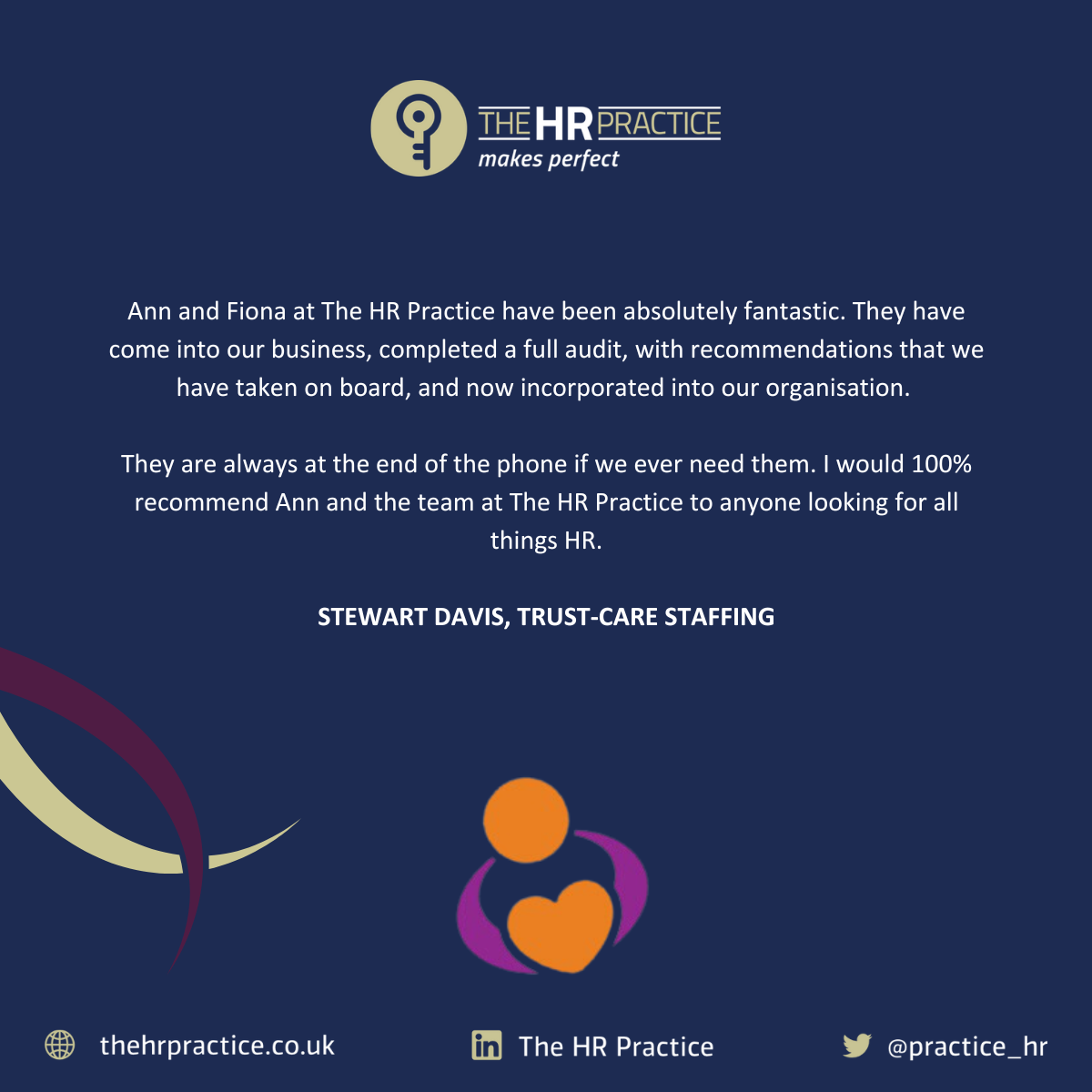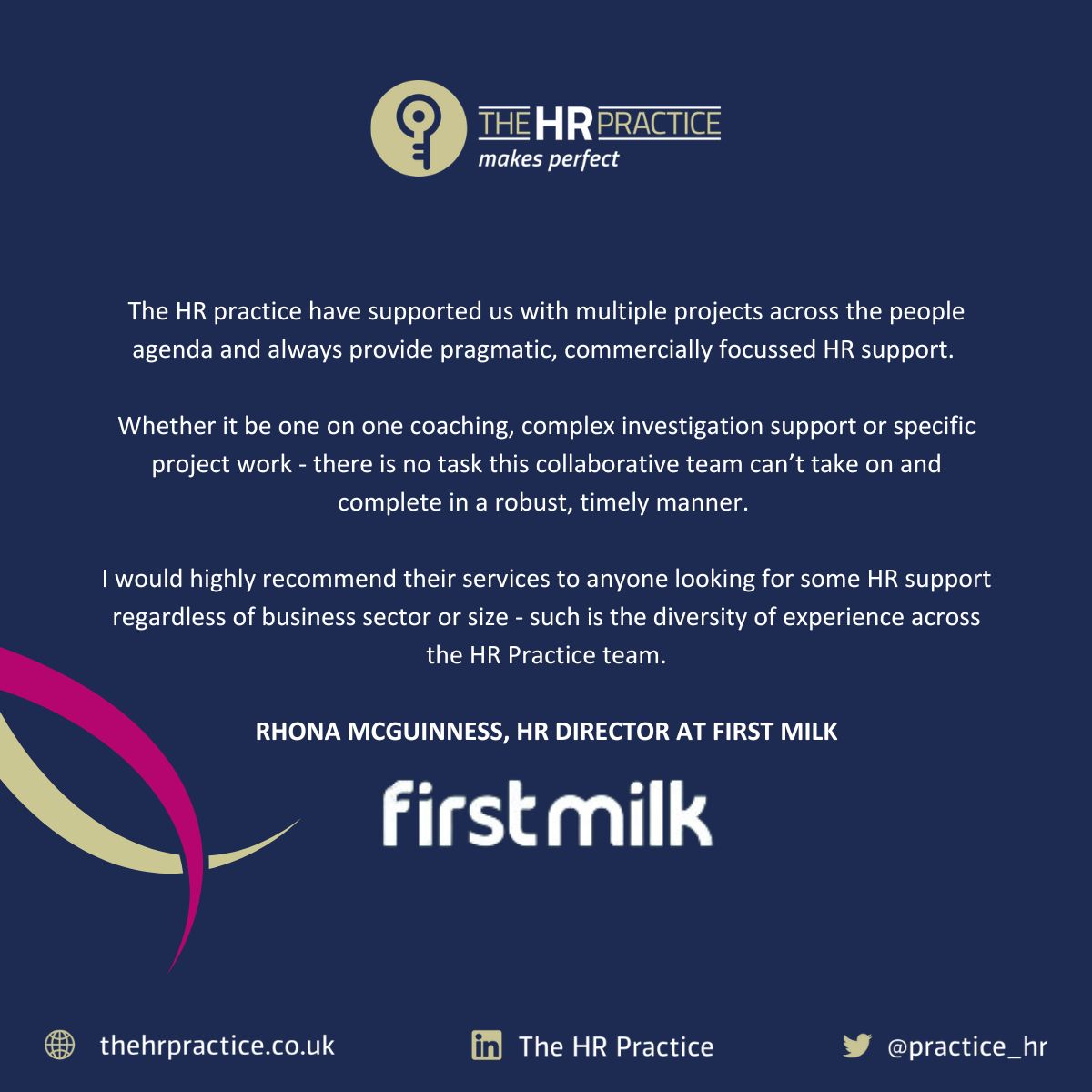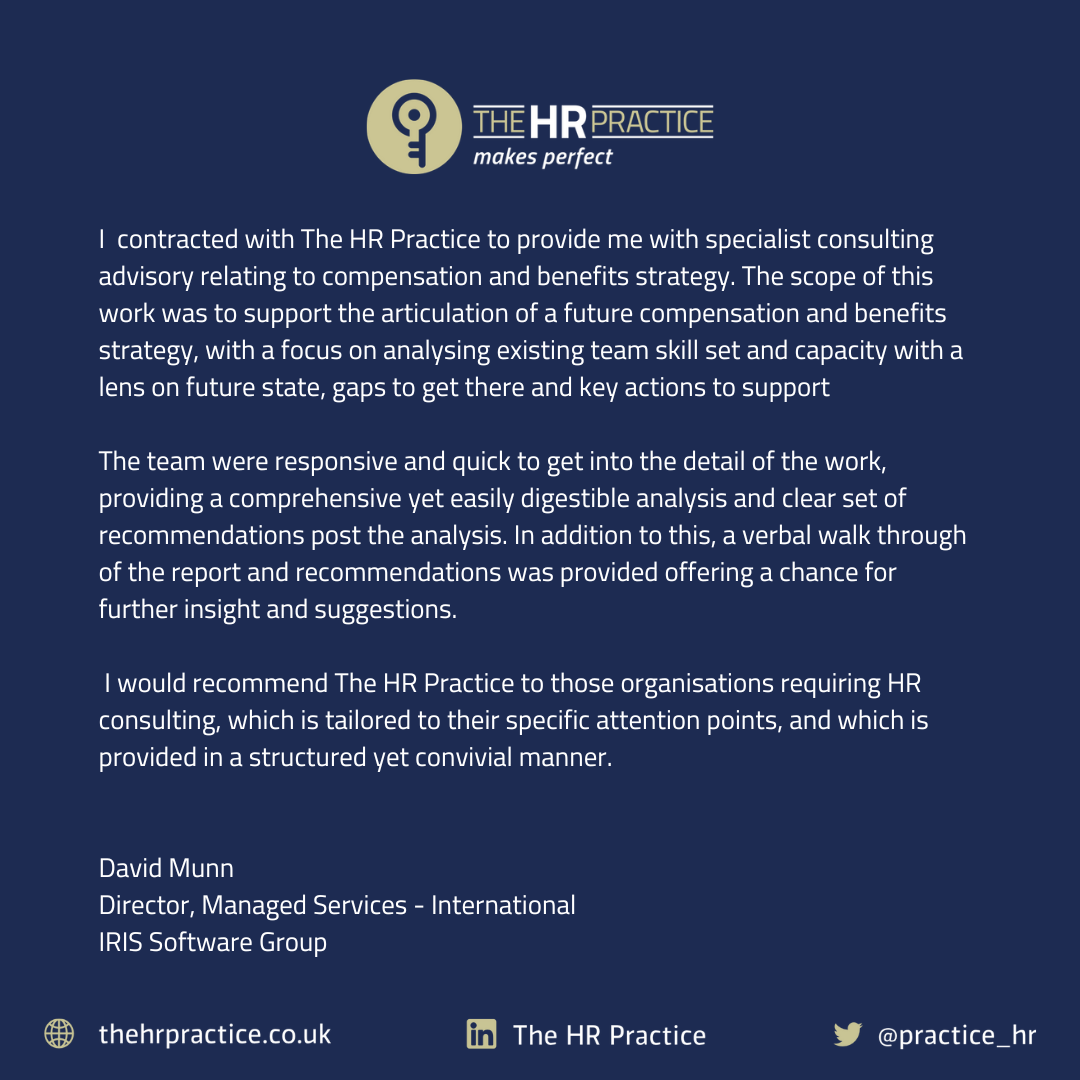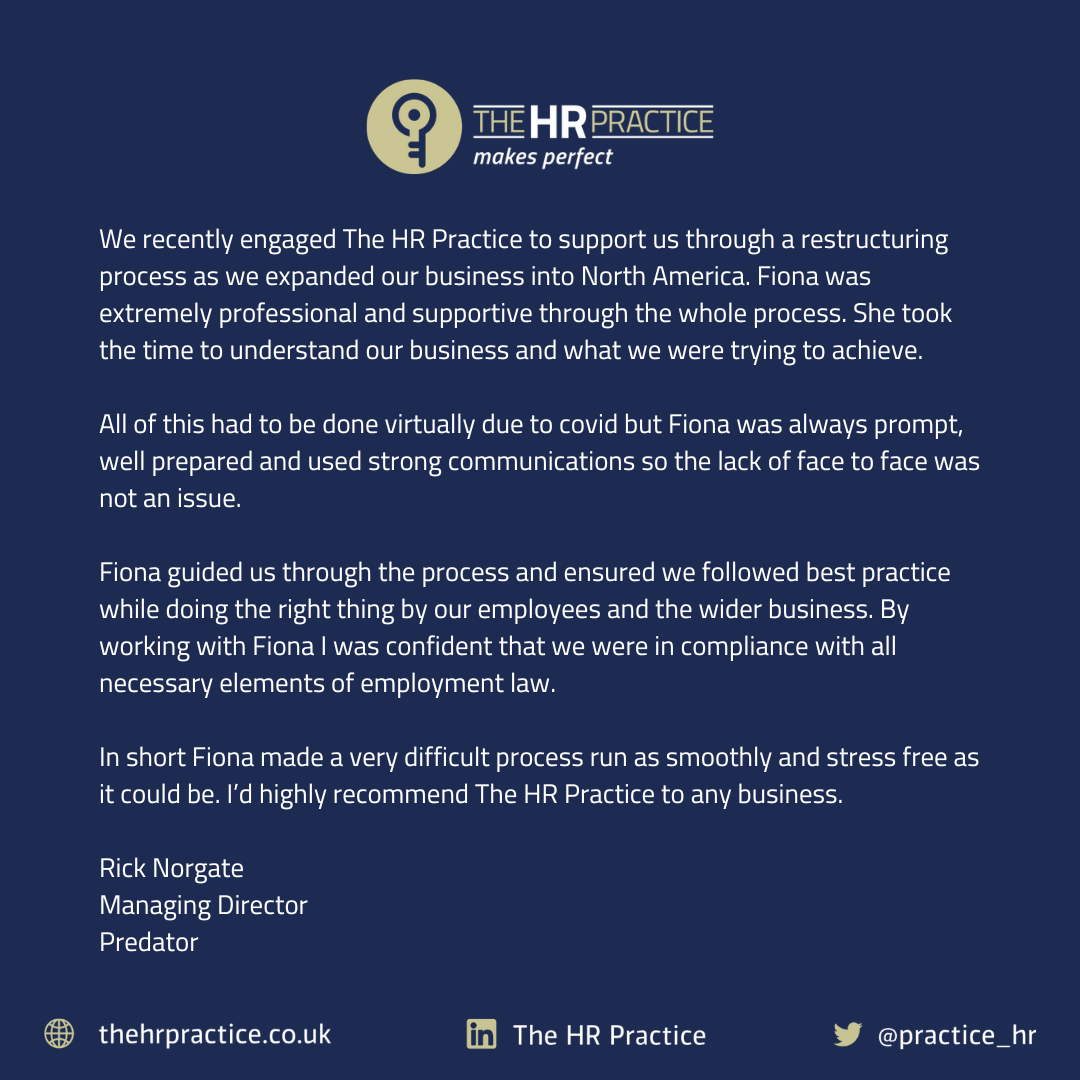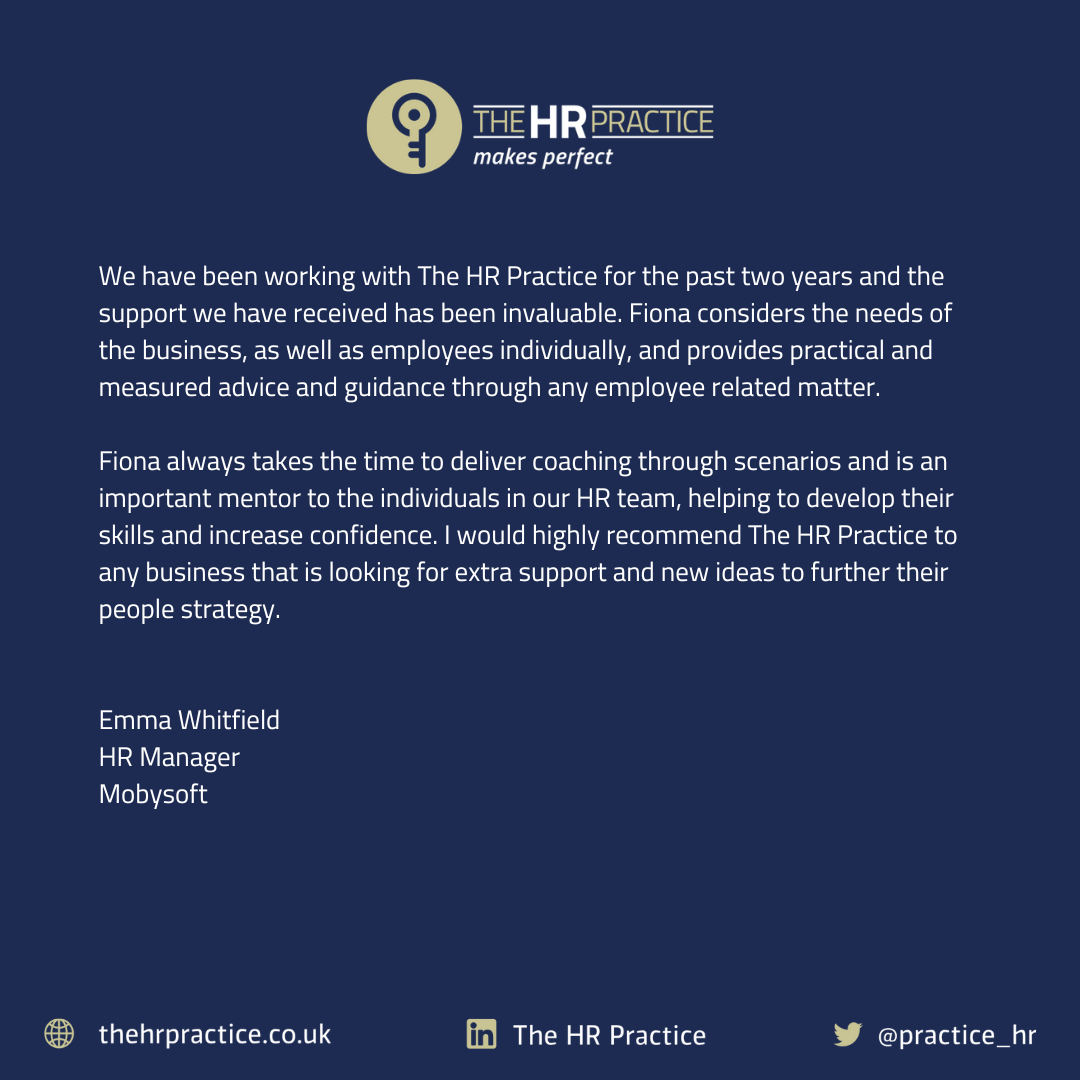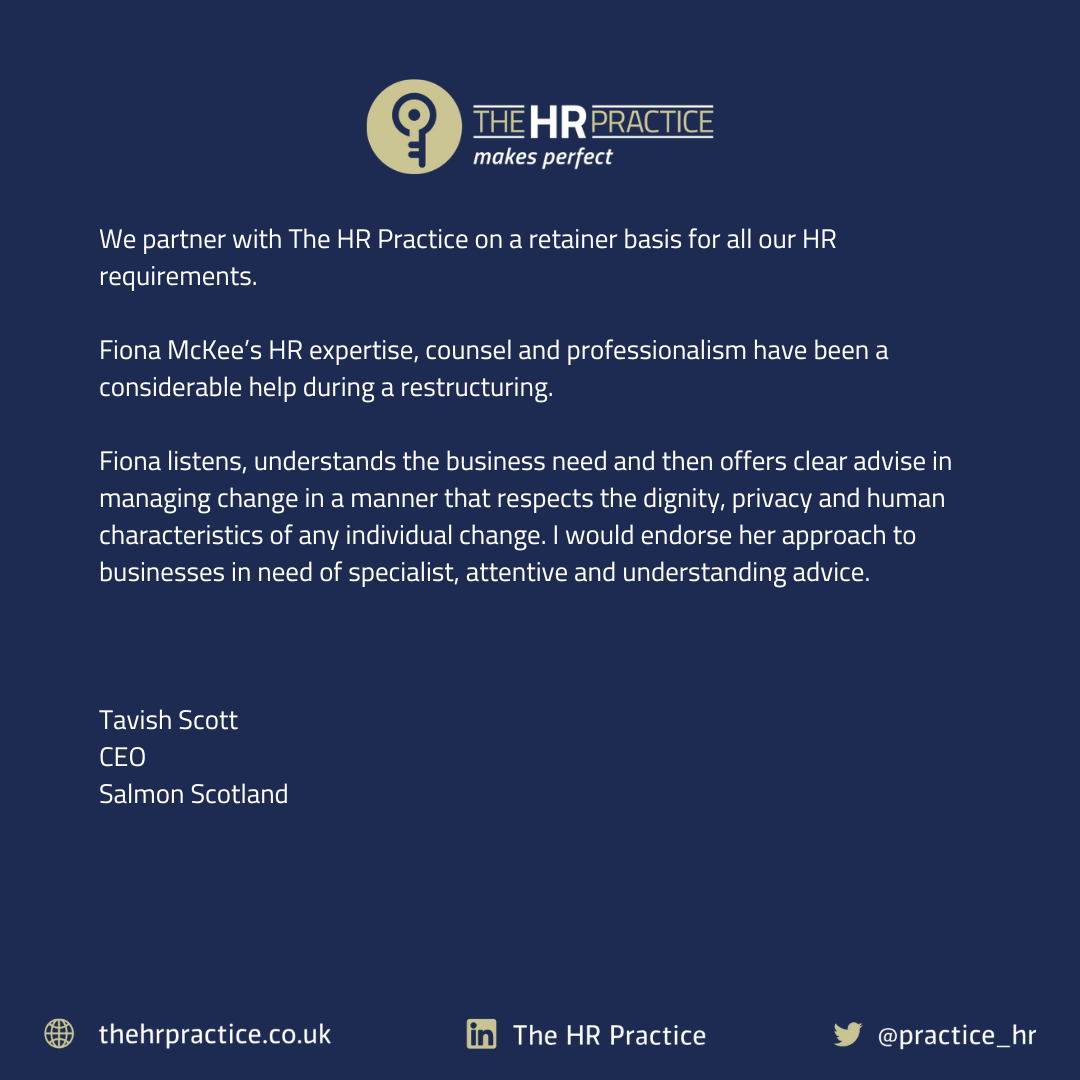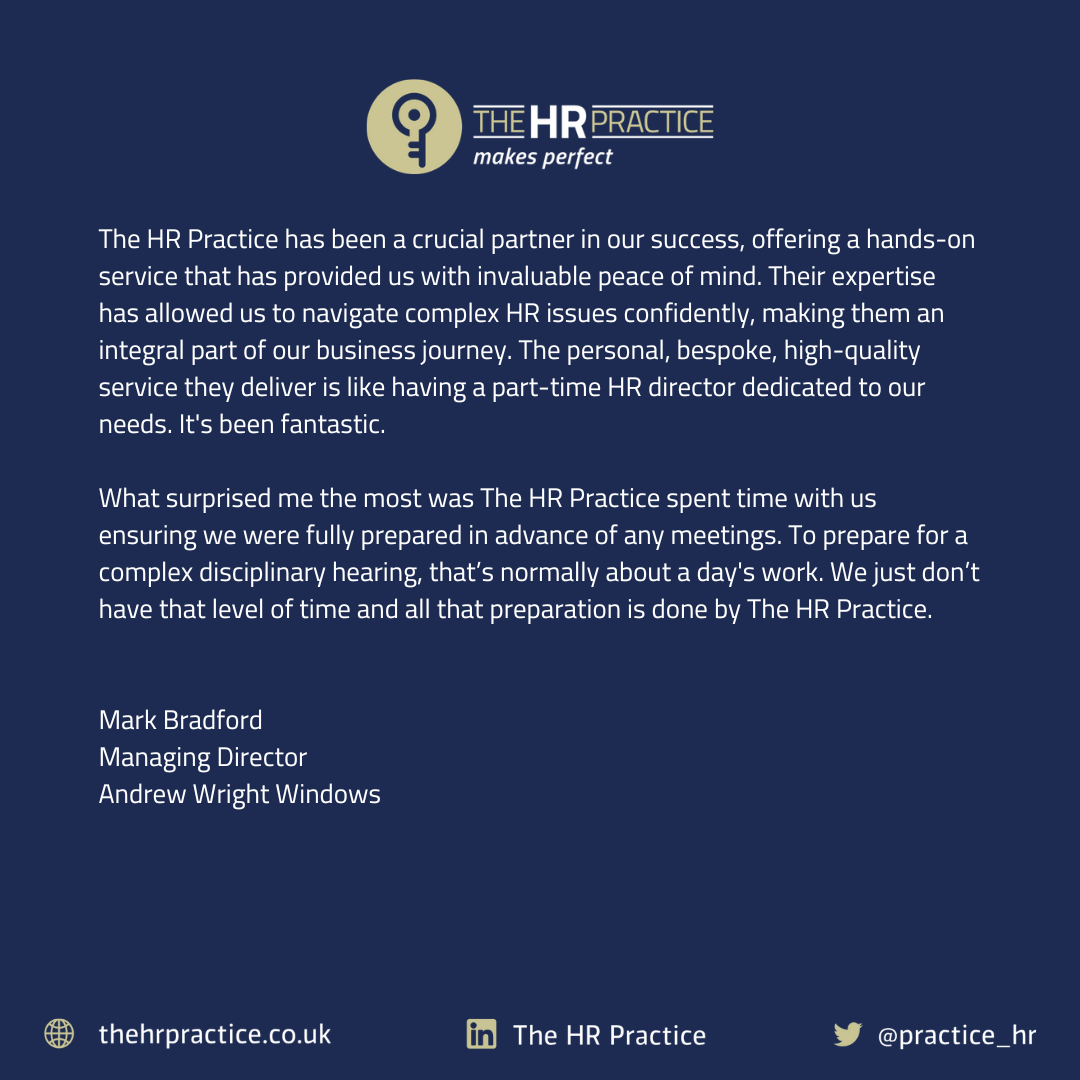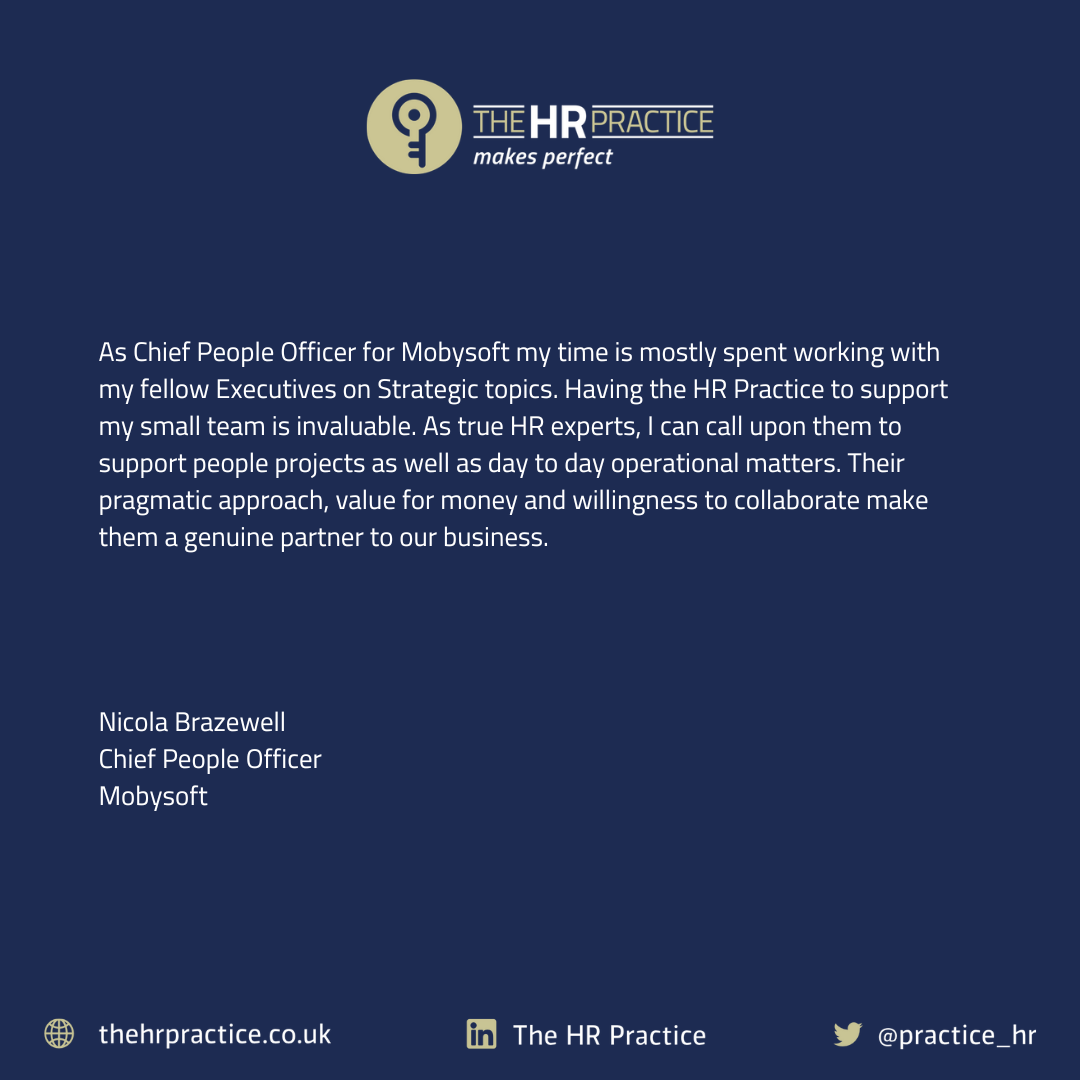Being a working mum is a juggling act, one that many of us are all too familiar with. From managing careers to raising children and handling the inevitable mum guilt, it’s a journey filled with highs and lows. In our latest LinkedIn Live, I had the pleasure of discussing this topic with two incredible women: Marianne McJannett, Head of Employment Law at Bellwether Green, and Laura Maginness, founder of The Glow Club and co-founder of the Scottish Growth Summit. We delved into the realities of balancing career ambitions with family life, sharing personal stories, strategies, and advice for working mums everywhere.
The Power of Organisation and Support Systems
For both Marianne and Laura, the key to managing their careers and family life comes down to organisation and strong support systems. Marianne, who has been working in employment law for 15 years, credits her ability to balance both worlds to careful planning.
“I think ahead, but not too far ahead. Every Sunday, I map out the week ahead, who needs to be where and when. And having a support system is crucial. We’re lucky to have grandparents nearby who help out, as well as excellent nurseries and after-school services.”
Similarly, Laura highlights the importance of not being afraid to ask for help.
“So many women try to do it all themselves, but I’ve learned to reach out to friends, family, and my wider network when I need support. And beyond logistics, I also ask for advice, just having a group of people you can turn to makes all the difference.”
She also prioritises being present whenever possible.
“My daughter is five, and she’ll just take my phone off me if she sees me working when we’re meant to be spending time together. That’s a reality check! So I try to be as present as possible and tackle my to-do list at another time.”
The Challenges of Being a Working Mum
Juggling motherhood and career inevitably comes with its challenges. One of the biggest hurdles? Time.
Laura, who runs a business membership and hosts events, finds that scheduling is like a “jigsaw puzzle.”
“I run events during evenings and weekends, which are sociable times for everyone else, but not for me! If my husband isn’t available, then it’s a full-on balancing act to make sure my daughter is taken care of.”
For Marianne, the hardest part was returning from maternity leave and feeling like she had to be back to 100% immediately.
“My line manager at the time gave me some of the best advice. He told me, ‘Give yourself six months.’ And he was right, after about six months, things clicked into place. It wasn’t about ‘getting back to my old self,’ it was about adjusting to my new self as a working mum.”
That mindset shift was key: you don’t go back to who you were before kids, you evolve.
The Ever-Present Mum Guilt
Mum guilt is real.
Marianne shared a moment that so many of us can relate to.
“This morning, as I was leaving, my daughter turned to me and said, ‘I don’t like you.’ And I thought, ‘I don’t really like me much right now either, but here we are.’ It’s hard when you have to drop them off early, pick them up late, and you see how exhausted they are by Friday night.”
So how do you cope with it?
Laura tries to reframe the narrative in her mind, and for her daughter.
“When she says, ‘I wanted to go home instead of after-school club,’ I turn it into a positive. ‘Who did you talk to today? What was fun?’ And I remind her (and myself) that I’m working hard to give us a good life and opportunities.”
For those of us with older kids, there is light at the end of the tunnel.
Fiona, our host, reflected on her own children’s perspective.
“I used to feel guilty about working so much when my kids were young. But as adults, they’ve told me they actually admired it. They saw me working hard, getting my Master’s degree while raising them, and it gave them a strong work ethic.”
Leadership and Career Growth as a Working Mum
Being a mum changes your leadership style. Marianne and Laura both emphasised the skills motherhood has enhanced: patience, negotiation, flexibility, and empathy.
“I’ve never had a team member throw themselves on the floor in Aldi, screaming, trying to pull things off the shelf,” Laura joked. “But those moments as a mum teach you extreme patience and negotiation skills, which come in handy in business!”
Marianne has also learned the importance of boundaries.
“I set boundaries at work the same way I do at home. I know what my working hours are, when I need to leave, and I stick to it. That discipline has helped me thrive in my career while maintaining a family life.”
Advice for Future Working Mums
So, what advice would they give to women who want both a successful career and a fulfilling family life?
Marianne’s Advice:
- Make it a partnership. If you’re raising children with someone, the responsibilities should be shared.
- Keep the conversation going. Parenthood is an evolving journey, keep discussing your priorities as a family.
- Learn from others. Every working parent does things differently, and there’s no single ‘right’ way.
Laura’s Advice:
- Redefine success. Success doesn’t have to mean 12-hour workdays, it can be working half-days with maximum impact.
- Cut the unnecessary. Focus on what truly moves the needle in your career.
- Know that you CAN do both. Being a mum doesn’t mean the end of ambition, it enhances it.
The Takeaway
Balancing motherhood and career is challenging, but it’s absolutely possible. With the right support, organisation, and mindset shifts, you can build a thriving career while being a present, loving parent. And let’s be honest, mum guilt might never fully go away, but with time, perspective, and a little self-compassion, we can learn to manage it.
A huge thank you to Laura and Marianne for sharing their experiences and insights! If you have any thoughts or questions, drop them in the comments, we’d love to keep the conversation going.





